- Home
- Machining techniques
- CNC Machining Services
- Cooperative supply services
- Designs
- Materials
- Finishing Services
- Shop
- Products
- Guide
- About Us
- Contact Us
2021.3.24
CNC machining is a method to control the machine tool movement and machining process by using digital information. It is necessary to describe the relative process information of the machine tool and the process parameters of the machine tool. In the process of CNC machining, there is an important link called tool path, which is the movement path of the tool relative to the workpiece. Only by choosing the right tool path can the roughness requirements of the workpiece surface be ensured. The following shared knowledge about the cutting route principles and designs of CNC Machining.
Principle NO.1
That is, the sequence of rough machining semi finish machining finish machining. In rough machining, we should give full play to the performance of the machine tool and the cutting performance of the cutting tool, quickly cut off most of the machining allowance of the workpiece, reduce the number of tool feeding as much as possible, and shorten the time of rough machining; in finish machining, we should pay attention to ensure the accuracy and surface quality of the machined parts.
Principle NO.2
It can not only shorten the tool moving distance and reduce the time of empty tool, but also keep the rigidity of the workpiece. The reason why the face first and then the hole is that the cutting force is large when milling the plane, which leads to the deformation of the workpiece easily. You can wait for the deformation after milling the plane and then restore the keyhole, which is conducive to ensuring the machining accuracy of the hole. If the hole is behind the hole first, burr and flash will occur in the hole, which will affect the assembly of the hole later.
Principle NO.3
Processing sequence: rough machining of inner surface – rough machining of outer surface – finish machining of inner surface – finish machining of outer surface to ensure the accuracy and surface quality of machined parts.
Principle NO.4
That is to say, after the same tool processes all the parts to be processed with the same tool as far as possible, the second tool is used to process other parts, so as to avoid calling and installing the same tool for many times, reduce the tool changing time and compress the empty tool time.
Principle NO.5
On the premise of ensuring the processing quality, the shortest tool path of the processing program can be made. If the starting point and changing point can be reasonably selected, and the connection of empty tool in each path can be reasonably arranged, not only the processing time can be saved, but also some unnecessary tool wear and other energy consumption can be reduced.
Outer Profile Milling
The feeding route should be cut along the long line of the outer contour, and the stoppage should be avoided as far as possible, so as to avoid the elastic deformation caused by the sudden change of cutting force, resulting in scratch, shape mutation and tool mark retention on the surface.
Inner Contour Milling
The cutting in and cutting out of the tool are not allowed to be extended, so the cutting in and cutting out points of the tool should be selected as far as possible at the intersection of the geometric elements of the inner contour curve or in the tangential direction of the arc.
Circular Interpolation Milling
After the completion of the whole circle processing, do not cut out directly at the tangent point. It is better to let the tool move a certain distance along the tangent direction, so as to avoid the collision between the tool and the workpiece surface when canceling the tool compensation, resulting in the scrapping of the workpiece.

In the actual operation, we should pay more attention to the factors such as whether the cutting tool is in line with the cutting amount, spindle revolutions, tool feed speed, avoiding tool collision caused by interference and so on. Choose a reasonable path to ensure the accuracy and surface quality of cnc machining parts!
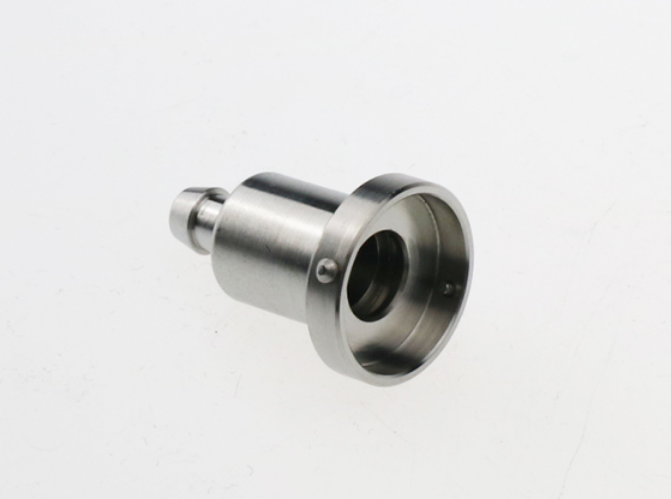 How To Determine the CNC Machining Feed Route?
How To Determine the CNC Machining Feed Route?
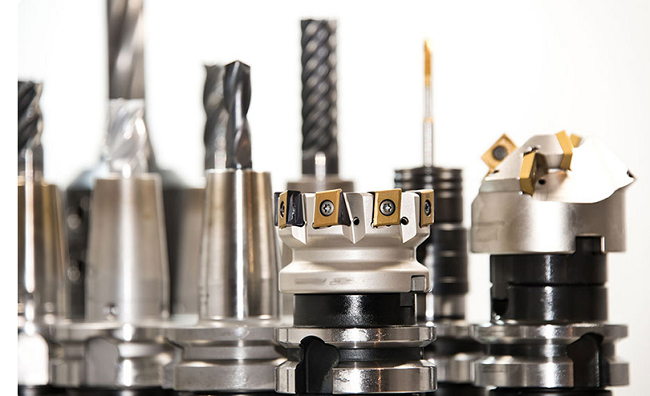 Top 12 CNC Machining & Programming Experiences | CNCLATHING
Top 12 CNC Machining & Programming Experiences | CNCLATHING
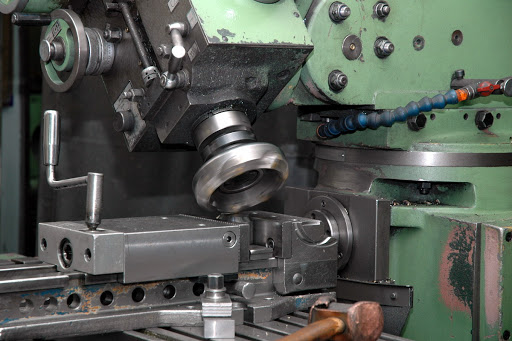 CNC Machining Vs Conventional Machining – Difference Between CNC Machining And Conventional Machining
CNC Machining Vs Conventional Machining – Difference Between CNC Machining And Conventional Machining
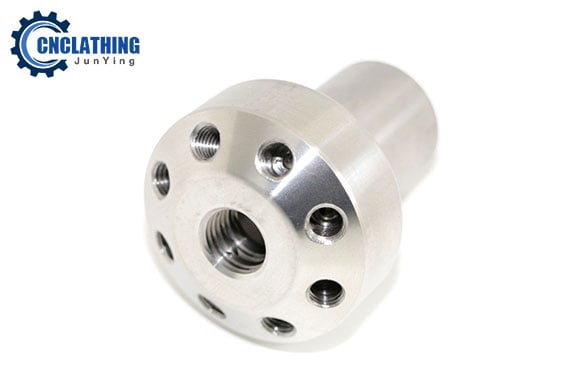 What Is The Processing Sequence Of CNC Precision Parts | CNCLATHING
What Is The Processing Sequence Of CNC Precision Parts | CNCLATHING
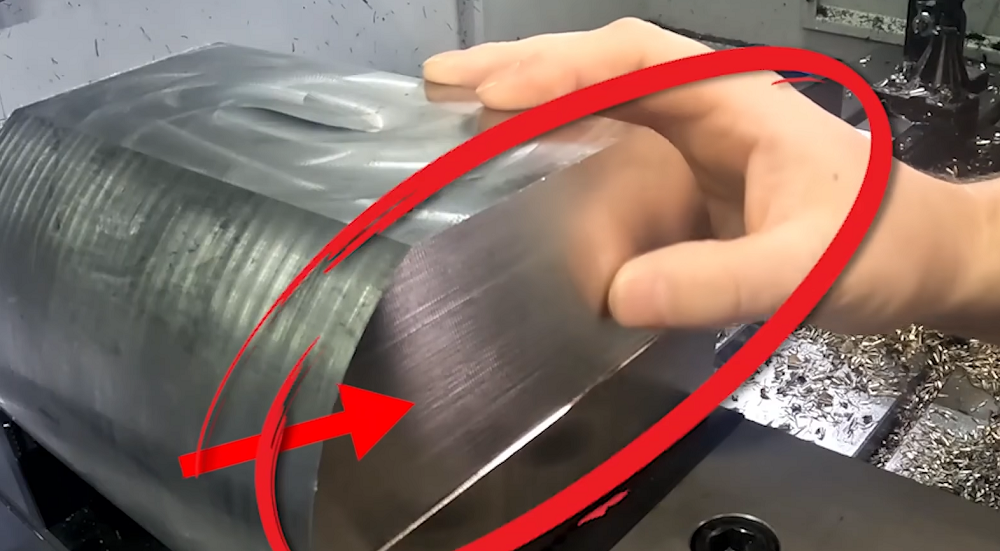 How To Reduce & Stop Chatter Vibration in CNC Milling/Turning/Drilling/Grinding Lathe?
How To Reduce & Stop Chatter Vibration in CNC Milling/Turning/Drilling/Grinding Lathe?
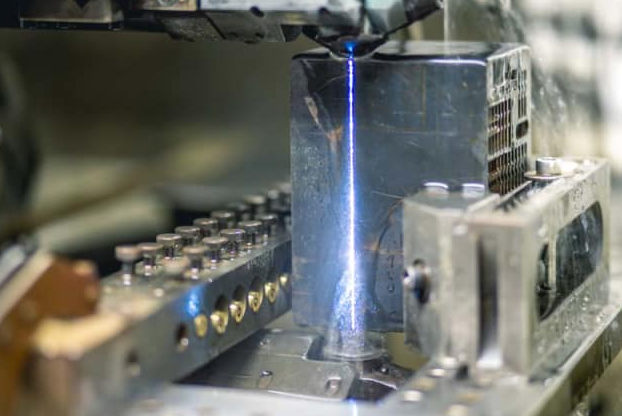 Steps & Requirements Of Wire EDM Machining – How To Reduce The Human Error In WEDM
Steps & Requirements Of Wire EDM Machining – How To Reduce The Human Error In WEDM
